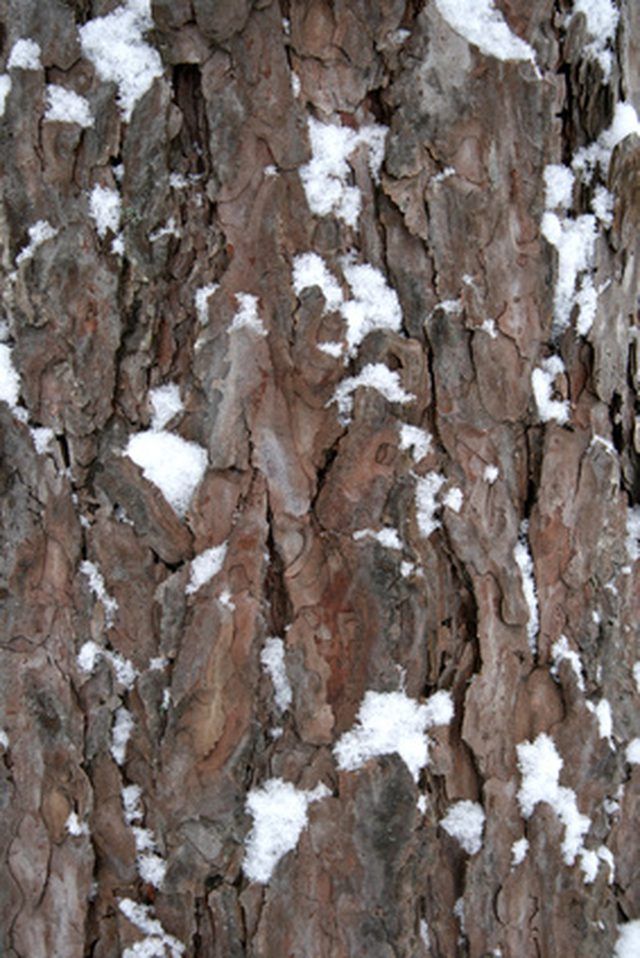Bulbs
Flower Basics
Flower Beds & Specialty Gardens
Flower Garden
Garden Furniture
Garden Gnomes
Garden Seeds
Garden Sheds
Garden Statues
Garden Tools & Supplies
Gardening Basics
Green & Organic
Groundcovers & Vines
Growing Annuals
Growing Basil
Growing Beans
Growing Berries
Growing Blueberries
Growing Cactus
Growing Corn
Growing Cotton
Growing Edibles
Growing Flowers
Growing Garlic
Growing Grapes
Growing Grass
Growing Herbs
Growing Jasmine
Growing Mint
Growing Mushrooms
Orchids
Growing Peanuts
Growing Perennials
Growing Plants
Growing Rosemary
Growing Roses
Growing Strawberries
Growing Sunflowers
Growing Thyme
Growing Tomatoes
Growing Tulips
Growing Vegetables
Herb Basics
Herb Garden
Indoor Growing
Landscaping Basics
Landscaping Patios
Landscaping Plants
Landscaping Shrubs
Landscaping Trees
Landscaping Walks & Pathways
Lawn Basics
Lawn Maintenance
Lawn Mowers
Lawn Ornaments
Lawn Planting
Lawn Tools
Outdoor Growing
Overall Landscape Planning
Pests, Weeds & Problems
Plant Basics
Rock Garden
Rose Garden
Shrubs
Soil
Specialty Gardens
Trees
Vegetable Garden
Yard Maintenance
Red Pine Tree Facts
Red Pine Tree Facts. The red pine tree (Pinus resinosa), also known as the Norway pine, is in the Pinaceae family. Along with about 35 other pine species, the red pine is considered aesthetically pleasing, and so has served an ornamental purpose. The tree also produces durable wood, which is used in building projects.

The red pine tree (Pinus resinosa), also known as the Norway pine, is in the Pinaceae family. Along with about 35 other pine species, the red pine is considered aesthetically pleasing, and so has served an ornamental purpose. The tree also produces durable wood, which is used in building projects.
History
Until about 15,000 years ago, the red pine was common in the southeast of North America. After that time, the tree population moved northward, where it flourished in the Great Lakes area. In the modern era, manufacturers have used red pine for structural and mining timbers, railroad ties and telephone poles.
Features
A red pine reaches an average height of 80 to 85 feet, while the maximum height can approach 150 feet. The diameter of the trunk averages 1.5 to 3 feet. The bark is reddish-brown, and it is the origin of the tree's label. The red pine has double-clustered evergreen pine needles, which reach an average length of 5 inches. The tree also has spike-less pine cones, which have an average length of 2 to 3 inches. The needles and cones are supported by branches, which develop in spiral patterns as the tree grows. The age limit of the red pine is between 350 to 400 years.
Habitat and Climate
The ideal climate for a red pine is a dry, low-growth type of area that is found around the southern parts
of Canada, and northern parts of North America. The tree can be found on mountain and hillsides, and
on deserted plains. The ideal soil does not have to be well-watered since the red pine does thrive in drought-like conditions. However, it should be loose and be able to promote drainage. Sand is an example of loose, well-draining soil.
Species Identification
The white pine (Pinus strobus) and the jack pine (Pinus banksiana) may be mistaken for a red pine. The white pine features needles in single clusters, while the red pine has double clusters. The jack pine has smaller pine cones than the red pine.
Positive Aspects
A full-grown red pine develops a thick layer of bark and does not have low-lying branches. These characteristics make the mature red pine fire-resistant. Bald eagles build nests on the uppermost branches of mature red pines, which provide a line of sight above most neighboring trees.
Problems
Currently, the red pine population is declining, as healthy trees, according to the Cornell University Plant Diagnostic Clinic, are "suddenly" dying. One proposed cause is called "wet feet," which is poorly drained soil that causes root decay and rot. Drought, which produces a soil condition directly opposed to "wet feet," is another proposed cause.